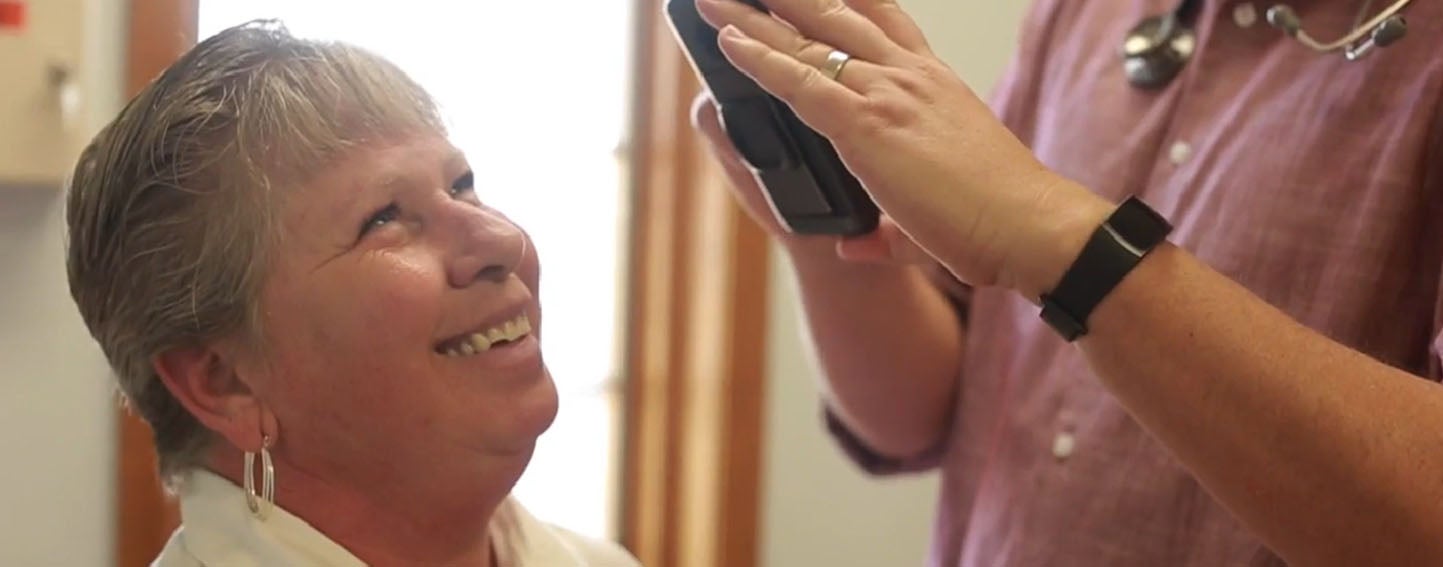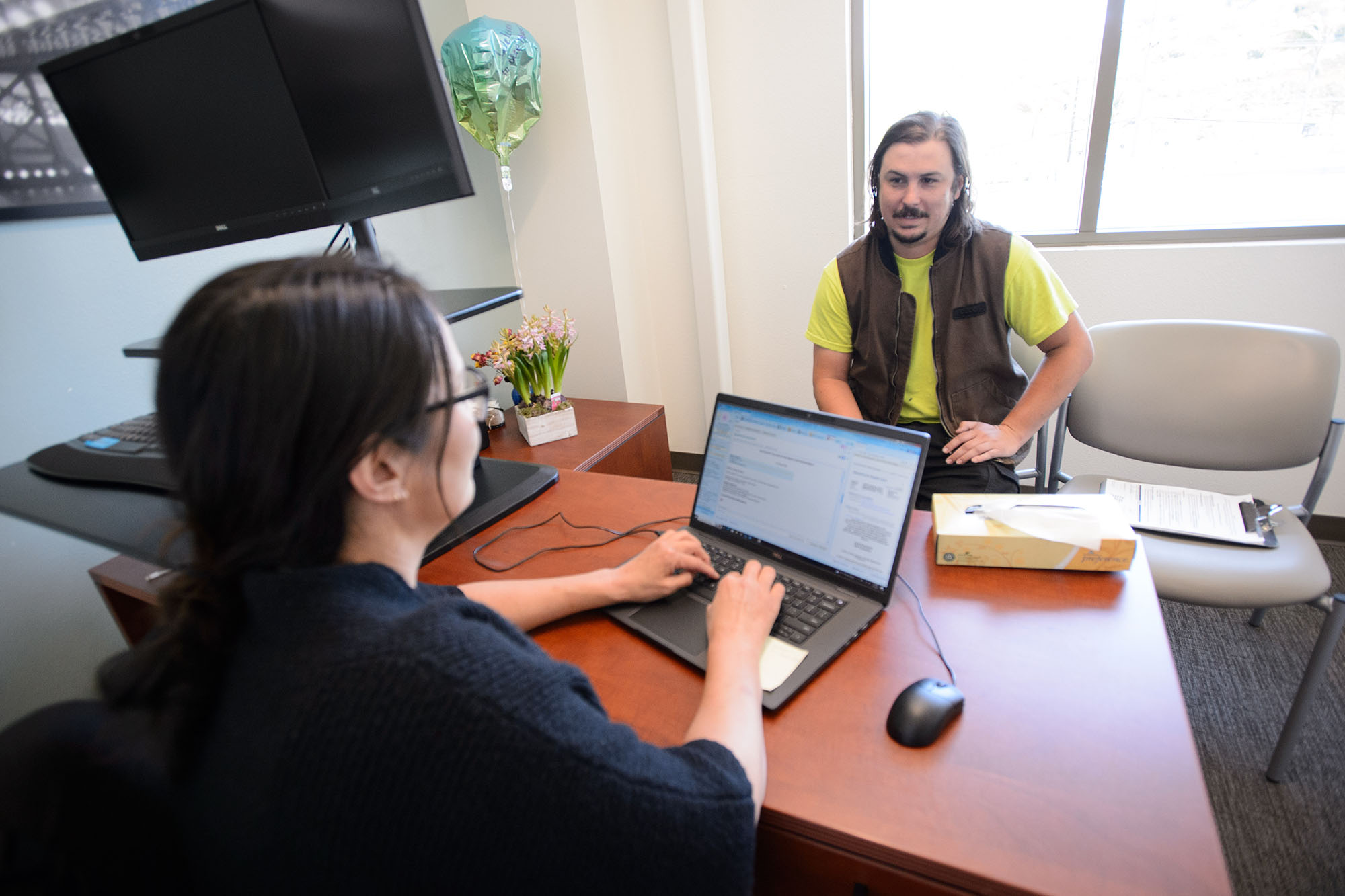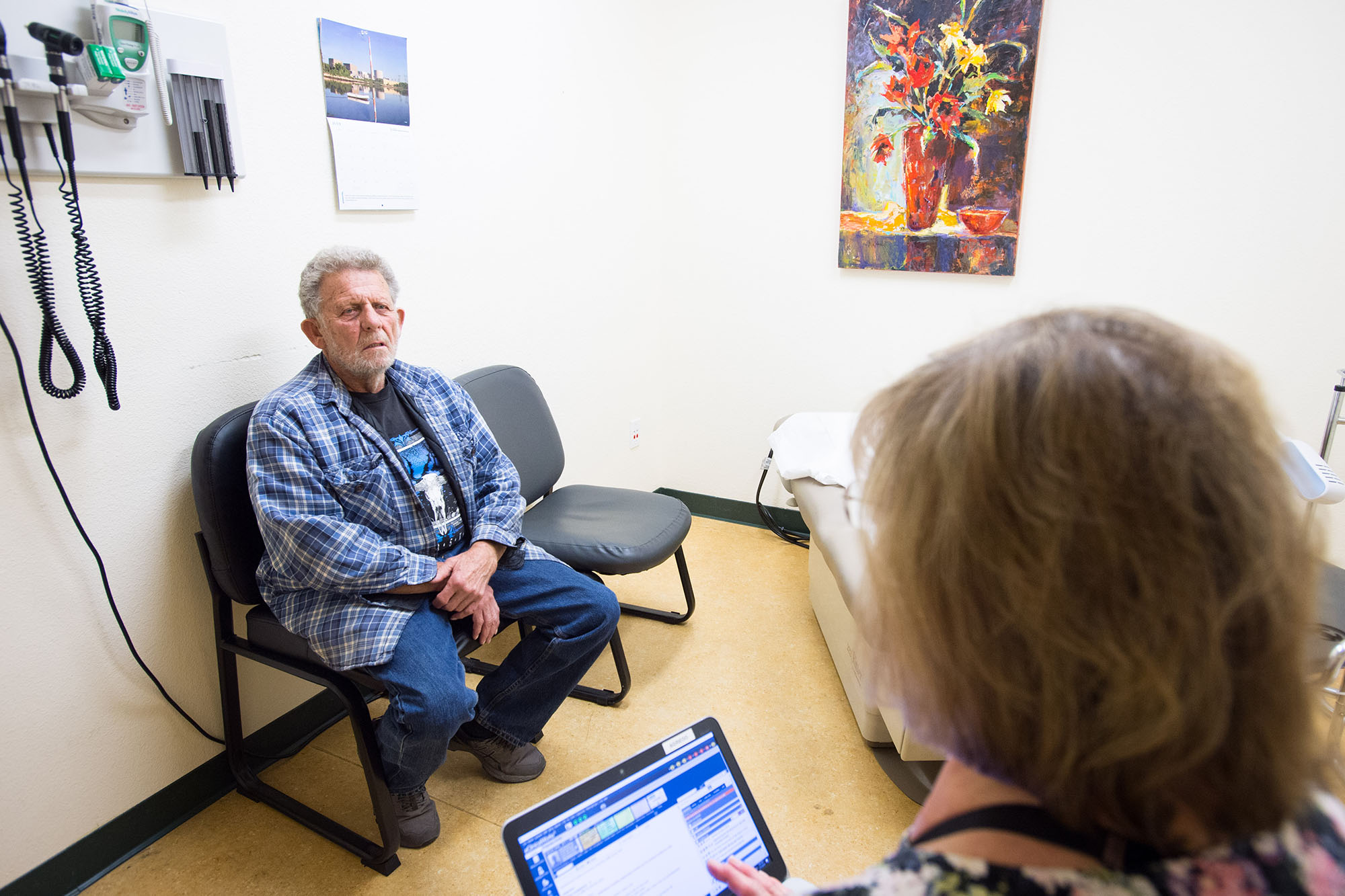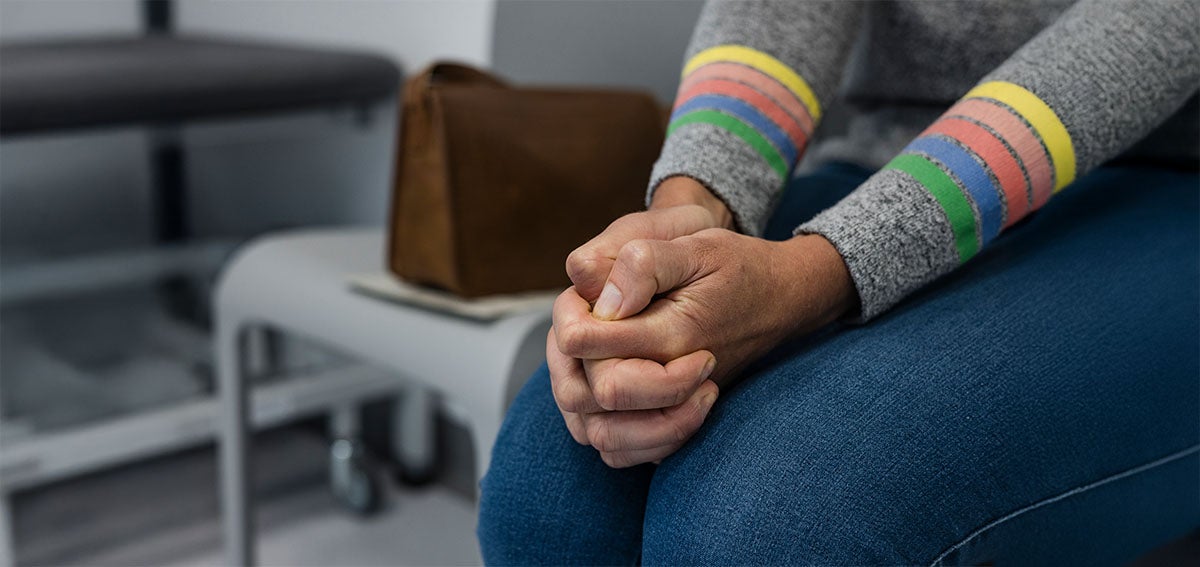
To make one giant leap for the US health care system, perhaps we need to channel Neil Armstrong and focus on the small steps.

That’s the takeaway from a New York Times article by Margot Sanger-Katz, who reported on a group of health economists trying to identify small tweaks to the health care system, each of which could reduce annual health spending by about 1%. Though these fixes may be small in scope and savings, they could add up to substantial improvements in cost and efficiency. “We may need to do more health care plumbing rather than health care big theories,” said Amy Finkelstein, a health economist at the Massachusetts Institute of Technology.
“Health care big theories” tend to be expensive, hotly debated concepts like moving the nation’s health care system to a single-payer model. While these theories get the lion’s share of media coverage and political scrutiny, several organizations are quietly piloting smaller solutions that are less expensive, easier to test and adopt, and potentially beneficial for underserved populations.
Closing the Referral Gap for Medicaid Patients
One way to decrease health care costs and improve the patient experience is to reduce inefficiencies in the referral process. The Community Health Center Network (CHCN), a network of eight Federally Qualified Health Centers in California’s East Bay, serves a predominantly underserved population including 140,000 Medi-Cal members. When patients need specialist care, their primary care physician (PCP) kicks off a referral process that can involve a whopping 20 steps and up to eight people. A recent study published in the New England Journal of Medicine (NEJM) Catalyst found that, between failure to schedule referrals and patients’ failure to attend scheduled appointments, only 16% of CHCN’s Medicaid patients who were referred to a specialist actually saw one.
To streamline its complex specialist referral process and better serve its patients, CHCN engaged RubiconMD, a New York–based telehealth start-up that provides an electronic consultation — eConsult — platform to connect PCPs to specialists (the CHCF Innovation Fund invests in RubiconMD). PCPs can ask questions and share clinical and diagnostic information with specialists through eConsult. CHCN collaborated with RubiconMD to pilot eConsult with two health centers and 40 PCPs at six sites, giving those PCPs unlimited access to the service’s network of specialists. The organizations reported in NEJM Catalyst that “submitting an eConsult allowed [PCPs] to avoid unnecessary labs, tests, or procedures in about 45% of cases.” On its website, RubiconMD estimates that each eConsult results in $370 of savings to payers from reduced avoidable specialist visits, testing, procedures, and emergency room visits.
Catching Doctors’ Mistakes Before They Happen
It’s hard to make hundreds of decisions a day, especially when those choices can determine health outcomes for patients and increase costs or savings to the health care system. But doctors must do this, and being human, they don’t always make the best decisions for their patients. Cathie Anderson wrote in the Sacramento Bee that doctors tend to be influenced by the outcomes of their last three patients rather than by adherence to evidence-based medical guidelines.
A new study suggests that a simple digital health intervention could help doctors stick to medical guidelines, reduce unnecessary tests or medications, and potentially lower costs. The study looked at nearly 26,500 patients admitted to Cedars-Sinai Medical Center in Los Angeles over three years. Anderson reported that Cedars-Sinai partnered with Optum Advisory Services, an information technology subsidiary of insurance giant UnitedHealth Group, to test electronic alerts embedded in the hospital’s electronic health records. When a doctor recommended care that deviated from medical guidelines, they received a real-time alert.
The study found that patients whose doctors did not uniformly follow the alerts had odds of complications that were 29% higher than patients whose doctors did; the former group was also 14% more likely to be readmitted to the hospital. Additionally, patients whose doctors did not uniformly follow the alerts experienced health care costs that were 7.3% higher, and their lengths of stay were 6.2% longer than patients whose doctors followed the alerts.
“Sometimes the best care for certain patient conditions means doing less,” said Dr. Scott Weingarten, one of the senior authors of the study. “We have seen that real-time aids for clinical decisionmaking can potentially help physicians reduce low-value care and improve patient outcomes while lowering costs.”
Bringing Mental Health Care to Patients
When we think about health care costs for patients, we tend to think of deductibles, copays, and perhaps the all-too-common surprise medical bill (see Kaiser Health News and NPR’s Bill of the Month series). What about travel costs? A report by the UC Davis School of Medicine identifies telemedicine, which it defines as videoconferencing between patients and clinicians in different geographic locations, as a way to save patients money and time. After reviewing data on outpatient and inpatient interactive video-based consultations at the UC Davis telemedicine program from 1996 to 2013, researchers concluded that patients collectively saved nine years of travel time and $3 million in travel costs.
These patient savings could benefit residents scattered across rural California. It’s well-documented that there are not enough mental health professionals in California (see our report Mental Health in California: For Too Many, Care Not There), especially in rural areas. Despite having the state’s third-highest suicide rate, Amador County has only one psychiatrist, Sammy Caiola reported on Capital Public Radio. The psychiatrist works in the county behavioral health department, which serves people on Medi-Cal. Patients with Medicare, Veterans Affairs plans, and private insurance must fend for themselves, sometimes driving an hour or more to see the nearest mental health care provider.
The lack of local services and difficulty of recruiting medical professionals to the rural area led Amador to start a telehealth program. Patients can go to the local hospital and speak to a mental health professional via videoconference. Additionally, hospital staff can triage with the county’s mobile support team, which visits people experiencing a suicidal crisis, deescalates emergency situations, and then connects them to ongoing mental health care. Watch our video “Jill’s Story” to see how telehealth helped one woman in rural Grass Valley gain access to needed mental health care.
Two bills may soon expand the use of telehealth for behavioral health services in California. AB 2315 pushes for the State Department of Education and State Department of Health Care Services to develop guidelines for providing behavioral health in schools via telehealth. Additionally, MHealthIntelligence reports that the California legislature unanimously passed AB 2861, a bill that would expand Medi-Cal to reimburse certain health care providers that use telehealth to deliver counseling for patients with substance use disorder. “Telehealth has the ability to overcome the barriers of distance and time that plague rural communities and other medically underserved populations,” said Dr. Angela Dangvu, a fellow at the American Academy of Pediatrics, which supports the bill. Both bills are headed to Gov. Jerry Brown’s desk.
Have you read about a small solution that could make a big impact in health care? Email me.
Authors & Contributors





